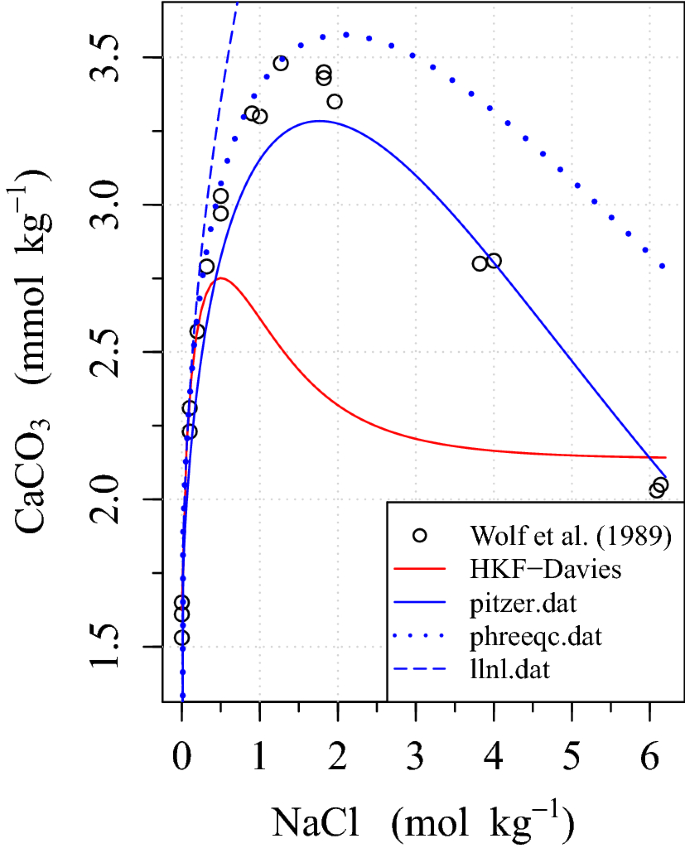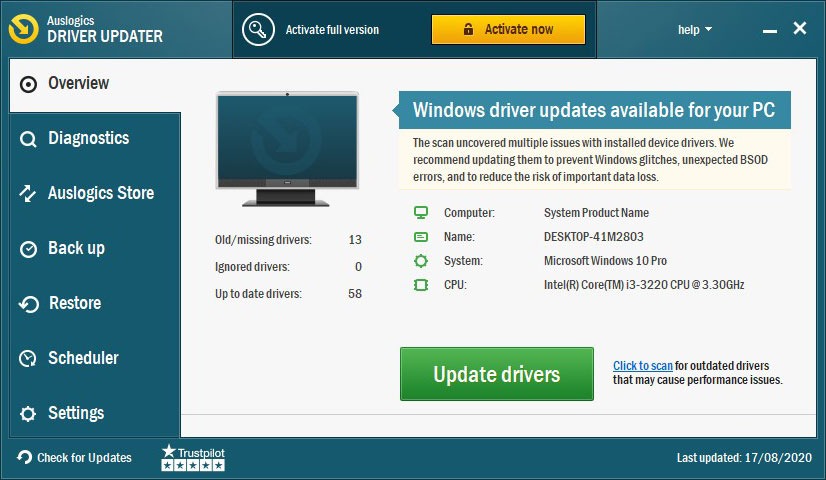- Databases Obsolete But Update Fails At 78% Game
- Databases Obsolete But Update Fails At 78% 2016
- Databases Obsolete But Update Fails At 78% End
Last updated on NOVEMBER 10, 2020
The login failed. Login failed for user 'MyMachine MyUser'. I’ve re-run both scenarios several times with the same user and the same results. If I change Initial Catalog to AttachDbFilename= DataDirectory ContosoUniversity2; update-database succeeds (the DB is now in the App-Data folder of the project rather the root of the users profile). Data bases obselete, but update fails at 78%. Share this post. Bwelker bwelker Candidate; Members; 17 posts; Posted August 9, 2013. I get the same issue.
Applies to:
Enterprise Manager for Oracle Database - Version 13.3.2.0.0 and laterInformation in this document applies to any platform.
Symptoms

EM 13c fleet command execution for UPDATE_DB
$emcli db_software_maintenance -performOperation -name='Update DB' -purpose=UPDATE_DB -target_type=oracle_database -target_list=<DB_NAME> -normal_credential='<CredName>:SYSMAN' -privilege_credential='<credentials>' -database_credential='<credentials>'
Fails with following error:
Apply PSU step failed with below error :
Step : Apply PSU/Patches on the database
Databases Obsolete But Update Fails At 78% Game
Running command <DB_HOME>/bin/sqlplus / as sysdba @/tmp/1130227114464941/1596135335688/comp_status.sql >> /tmp/1130227114464941/1596135335688/<DB_NAME>_pre_patch_comp_status.txt
Error code is 0
SQL Script /tmp/1130227114464941/1596135335688/comp_status.sql Completed
Opening database in upgrade mode.
Running patch sqls.
SID is <SID NAME>
ORACLE HOME is <DB_HOME>
Script /tmp/1130227114464941/1596135335688/prepatch.sql found.
Running command <DB_HOME>/bin/sqlplus / as sysdba @/tmp/1130227114464941/1596135335688/prepatch.sql >> /tmp/1130227114464941/1596135335688/prepatch.sql.log
SQL*Plus: Release 18.0.0.0.0 - Production on Thu Jul 30 19:56:06 2020
Version 18.11.0.0.0
Copyright (c) 1982, 2018, Oracle. All rights reserved.
Connected to:
Oracle Database 18c Enterprise Edition Release 18.0.0.0.0 - Production
Version 18.11.0.0.0
ORACLE instance shut down.
ORA-32004: obsolete or deprecated parameter(s) specified for RDBMS instance
ORACLE instance started.
Total System Global Area 8388606240 bytes
Fixed Size 8677664 bytes
Variable Size 1476395008 bytes
Database Buffers 6878658560 bytes
Redo Buffers 24875008 bytes
Database mounted.
Database opened.
Disconnected from Oracle Database 18c Enterprise Edition Release 18.0.0.0.0 - Production
Version 18.11.0.0.0
Error code is -1 [ERROR] - Error occured while executing /tmp/1130227114464941/1596135335688/prepatch.sql
Cause
Databases Obsolete But Update Fails At 78% 2016
To view full details, sign in with your My Oracle Support account. |
Don't have a My Oracle Support account? Click to get started! |
| Symptoms |
| Cause |
| Solution |
| References |
The steps to remove WSUS and reinstall WSUS are pretty standard but they do have some variances on how WSUS was installed in the first place.
To remove WSUS completely, you need to:
- Remove WSUS Role
- You can remove the role through the GUI using Server Manager or
- You can use an Administrative PowerShell prompt and run:
- Remove the Database WSUS was using (SUSDB.mdf and SUSDB_log.ldf).
- If you were using the Windows Internal Database (WID), specifically delete the SUSDB.mdf and SUSDB_log.ldf in C:WindowsWIDData (or C:WindowsSYSMSISSEEMSSQL.2005MSSQLData for Server 2008/2008 R2)
- If the WID was only used for WSUS, you should remove the WID feature in Server Manager to fully clean up the installation. When you do remove the WID Feature, make sure to remove the entire C:WindowsWID folder too.
- If you want to remove WSUS and KEEP the WID, and plan on NOT to reinstall WSUS, you must first detach the SUSDB database from SQL before removing the mdf and ldf files. The easiest way is to use SQL Server Management Studio to connect to the WID, and then right click on the SUSDB database > Tasks > Detach.
- You can remove it through PowerShell from an Administrative PowerShell prompt by:
Remove-WindowsFeature -Name UpdateServices-WidDB - If you’re using Server 2008 / Server 2008 R2, use the following PowerShell command from an Administrative PowerShell prompt to remove the WID if it was used ONLY for WSUS:
- If you were using a remote SQL Server instance, detach the database from the remote server and physically delete the SUSDB.mdf and SUSDB_log.ldf.
- If you were using a local SQL Server instance (Standard or Express [See why you should not use Express edition for WSUS]) detach the database from the local server instance and physically delete the SUSDB.mdf and SUSDB_log.ldf.
- If you were using the Windows Internal Database (WID), specifically delete the SUSDB.mdf and SUSDB_log.ldf in C:WindowsWIDData (or C:WindowsSYSMSISSEEMSSQL.2005MSSQLData for Server 2008/2008 R2)
- In IIS, remove the ‘WSUS Administration’ website and the ‘WsusPool’ Application Pool if they still exist.
- Remove the WSUS Content folder wherever you had it previously installed (eg. C:WSUS, or D:WSUS)
- Restart the server.
WSUS should now be completely gone from your system. Now you should be able to re-install the WSUS role, and if necessary, the Windows Internal Database (WID) role too.
To Install WSUS:
- Re-add the WSUS Role
- Re-add the WID feature if applicable
- Restart the server again.
- MAKE SURE .NET 4.7 IS NOT INSTALLED FOR SERVERS OLDER THAN 2019 (it comes as a KB number for your server OS, not an add/remove programs installation.) The WSUS post-installer on prior versions to 2019 is not compatible with .NET 4.7 and will always error out. Once WSUS is installed and working, .NET 4.7 can be reapplied and WSUS should still work. The idea here is that you do not want to remove the integral .NET component to Windows (eg. .NET 4.5) as it will remove options like Server Manager and other features. What you want to do is make sure the integral component (eg. .NET 4.5) is NOT upgraded to .NET 4.7 through Windows Update patches.
- Run the post-installation configuration.
- From an administrative command prompt:
- For the Windows Internal Database:
- For any other SQL Database location:
or
- From an administrative command prompt:
If you have issues running the post-installation configuration, dis-join the server from the domain, and restart. Try the post-installation steps again. If it works, the issue is a policy on your domain that is causing the issues. You can then re-join the server to the domain.
How to Tell if the WID Instance Carries More Than Just the SUSDB Database
To tell if the WID carries more than the SUSDB database, you’ll need to install SQL Server Management Studio (SSMS) and connect to the WID instance to browse the databases. To do this, open SSMS by using right click, “Run as administrator” and in the database server copy/paste
Databases Obsolete But Update Fails At 78% End


WID2008
WID2012+
Keep the setting for use Windows Authentication and click connect. It should connect successfully to the WID SQL instance. Gerber accuplot 320 manual transmission. Then expand Databases and you should see SUSDB and any other databases on this instance.
